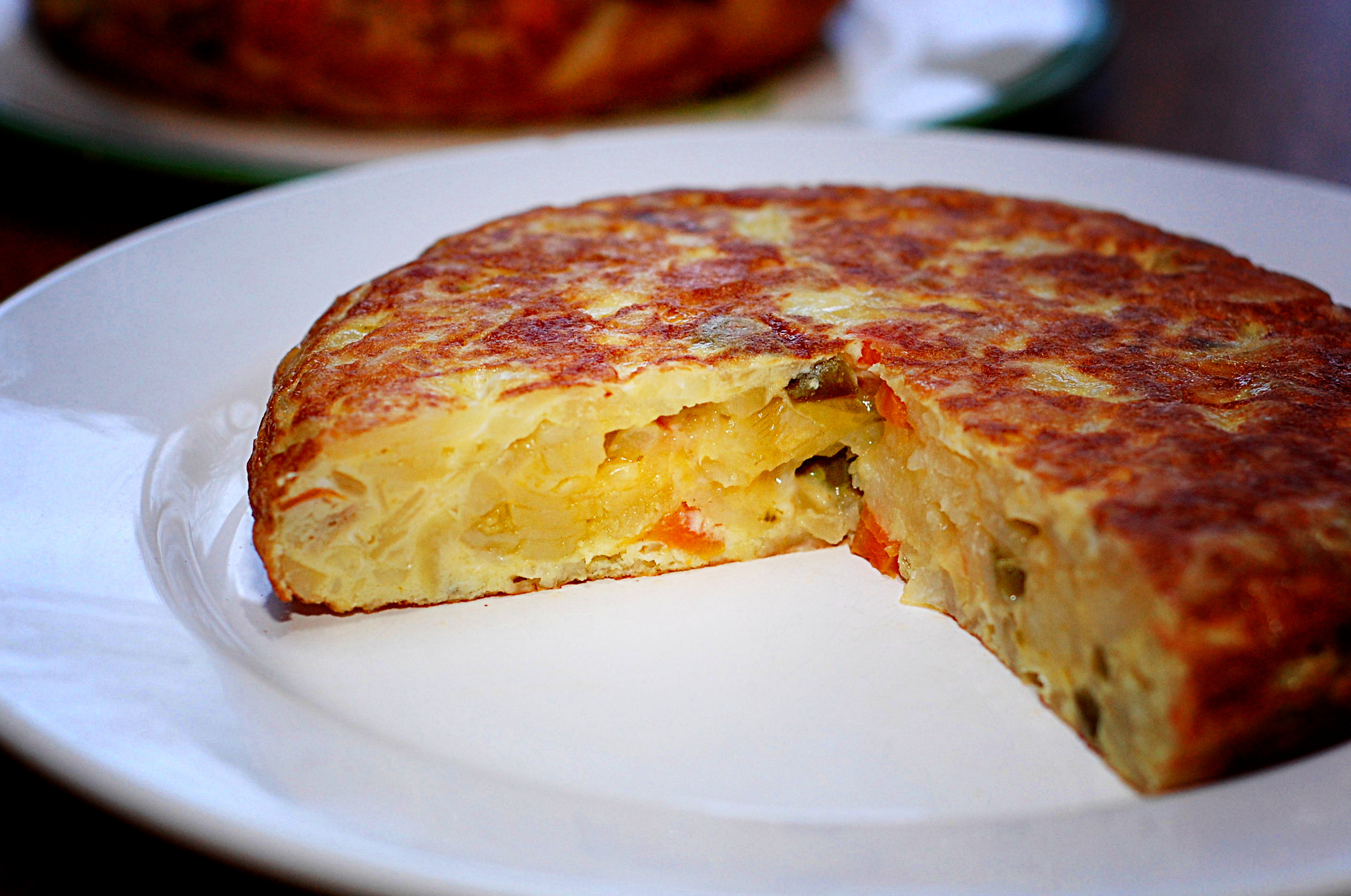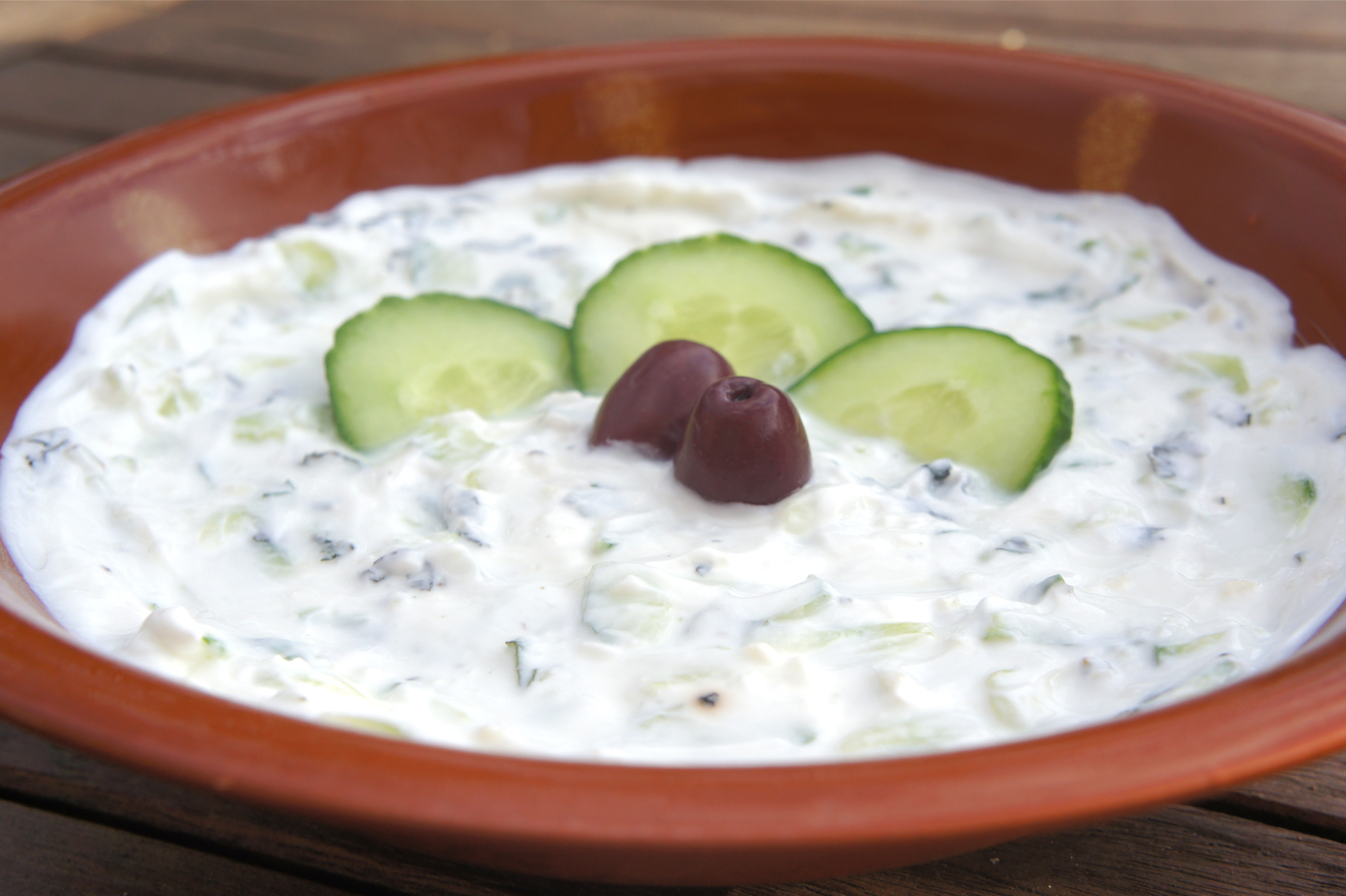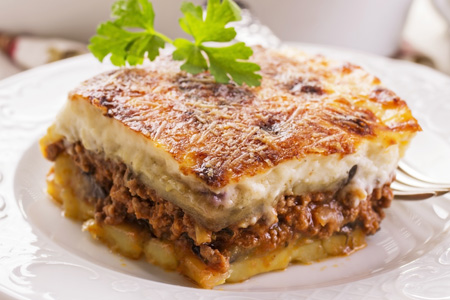Ingredients
8 OZ Noodles (I prefer Udon noodles)
Instructions
1. Combine all ingredients except noodles
2. Cook noodles until al-dente
3. Rinse noodles in cold water
4. Toss with dressing (step 1)
5. Serve with Tofu (recipe at this site)
Feel free to browse.
We have traveled to many countries of the world, and hope to visit many more. In this book, we feature recipes from Finland, Turkey, Mexico, Czech Republic, Ireland, England, Spain, France, Portugal, German and many more. Can’t afford to travel? At least you can eat authentic food from other parts of the world and eat the dream.
Ingredients
8 OZ Noodles (I prefer Udon noodles)
Instructions
1. Combine all ingredients except noodles
2. Cook noodles until al-dente
3. Rinse noodles in cold water
4. Toss with dressing (step 1)
5. Serve with Tofu (recipe at this site)
INGREDIENTS
STEP BY STEP
 Most people know this as Tzatziki. Greek yogurt sauce, but the Turks say the Greeks stole it from them.
Most people know this as Tzatziki. Greek yogurt sauce, but the Turks say the Greeks stole it from them.
Ingredients for multiple servings
Step by Step
Notes We’ve always said “Kay Sick,” but when visiting in Istanbul, we were told that the proper way to say this is “Jay Jick”
Turkey was created in 1923 from the Turkish remnants of the Ottoman Empire. Soon thereafter the country instituted secular laws to replace traditional religious fiats. In 1945 Turkey joined the UN and in 1952 it became a member of NATO. Turkey occupied the northern portion of Cyprus in 1974 to prevent a Greek takeover of the island; relations between the two countries remain strained. Periodic military offensives against Kurdish separatists have dislocated part of the population in southeast Turkey and have drawn international condemnation.
INGREDIENTS and STEP BY STEP
AKA Spanish Tortilla

INGREDIENTS
STEP BY STEP
NOTE
Reprinted from Spain: A Culinary Road Trip by Mario Batali with Gwyneth Paltrow, published by Ecco, an Imprint of HarperCollins Publishers, 2008 with adaptations by Robert (Grandpa) Andrews
This is really easy, but it does take some planning to allow for slow cooking times.
BRAISING LIQUID
STEP BY STEP
Tomatillo Salsa
Chipotle Sauce
Tortilla
CONDIMENTS
For serving (optional):
Actual Injera is made with teff, which is a flour common to Ethiopia. Read more about why teff is so amazing at the bottom of this page. This is Grandpa’s American adaptation of injera, the bread used as a utensil in Ethiopian dining.
INGREDIENTS
STEP BY STEP
MORE ABOUT TEFF
INGREDIENTS
STEP BY STEP
HINTS:
A great way to section oranges is to hand-peel the orange, then slice them just shy of the white binding, discarding the binding eventually. What you end up with is a wonderfully edible orange slice with no toughness.
For garlic, once you’ve separated the cloves, crush it with the bottom of a coffee cup. The skin comes right off.
Sesame oil smokes more, but in my opinion tastes better. Canola and olive oil are also good choices.

INGREDIENTS
STEP BY STEP
Prepare this recipe as a side to chicken, pork or beef. Eggplant is a very versatile vegetable.
INGREDIENTS
STEP BY STEP
NOTES
Spring Roll Variations plus Other Notes and Information
STEP BY STEP
INGREDIENTS
STEP BY STEP
If possible, use organic eggs. There really is a difference in flavor.
 Moussaka is kind of a lasagna casserole very popular in the Egyptian, Arabic, Greek and Turkish cultures.
Moussaka is kind of a lasagna casserole very popular in the Egyptian, Arabic, Greek and Turkish cultures.
INGREDIENTS
For the Meat layer
Other Elements
For the Bechamel Cheese Sauce
STEP BY STEP
This has a lot of steps, but is very straight-forward. Don’t be put off by the complexity. It is not.
NOTE: Using Gruyere cheese gives this a very nice depth of flavor
You may have had them at a Greekfest or other ethnic event, but you have probably never tried to make them. Here is a recipe that is pretty easy to get right. In Istanbul, their local bus is called a Dolmush. That is because it is packed to bursting. We actually saw this in real life. Here is a popular side dish. You can <a href=”http://www.amazon.com/Orlando-California-Grapes-Leaves-Ounce/dp/B001KW8JF0/ref=sr_1_1_a_it”>BUY GRAPE LEAVES</a> from Amazon or your local grocery.
Fresh leaves are always better, but in the early summer, when you don’t have dark leafy greens to roll your dolma, you can use the commercial grape leaves at the link, or you can stuff zucchini, eggplant or tomato or peppers.
INGREDIENTS
STEP BY STEP
LEMON SAUCE – Avgolemono – BRIEF
NOTE: It is not “proper” but I like a little side dish of the lemon sauce for dipping.
INGREDIENTS
STEP BY STEP
In America, these are called simply POPOVERS.
INGREDIENTS – By Measure
STEP BY STEP
VARIATIONS
WATCH THE TOUR FULL-SCREEN BY CLICKING HERE |
| YouTube Videos The IRC Farm Tour last weekend was an astounding success. There were several dozen people working and helping to prepare the soil for the next crop.Grandpa (me… from Grandpa’s Corner) was there with his video camera rather than his shovel. I recorded a 20 minute tour of the farm led by Tim Olorunfemi. That video is now on for those of you who could not attend the work day and tour.The video can be viewed at http://tinyurl.com/irc2012b or by using the links on this page Robert (Grandpa) Andrews |
Here is my other account if you want to see some of my other stuff.
INGREDIENTS
STEP BY STEP
USING YOUR GREEN CHILE PORK FOR TAMALES
INGREDIENTS
STEP BY STEP
INGREDIENTS
STEP BY STEP